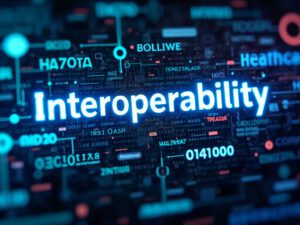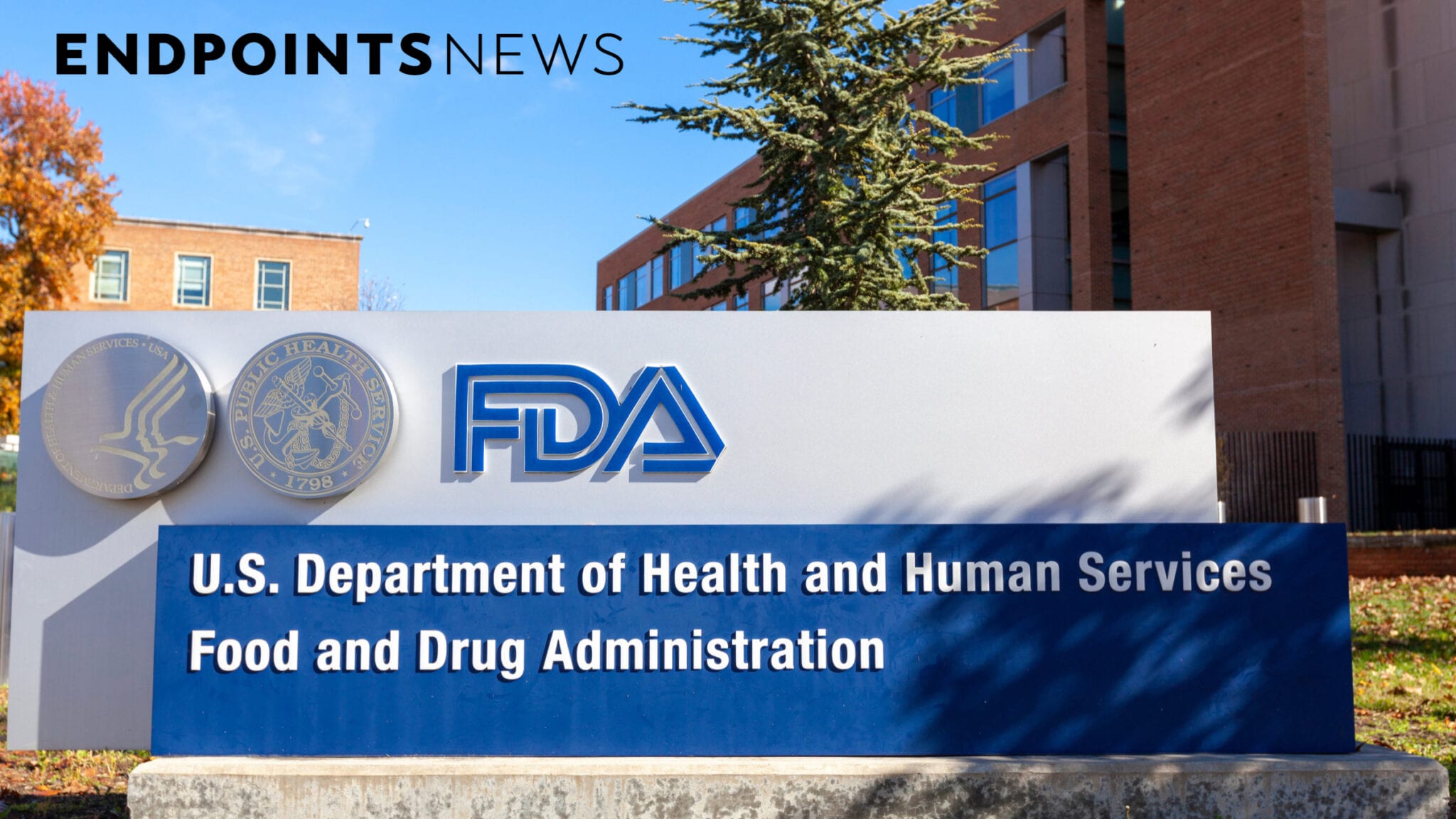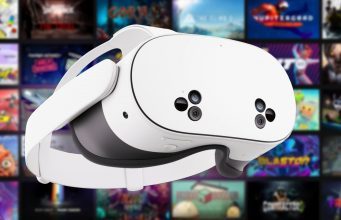Improving Interoperability Between Healthcare Providers and Systems to Enhance Care Coordination and Data Sharing
Anyone who has been to a doctor’s office that is not in the same provider/organization as their other typical appointments can tell you that getting your patient information shared with the other is a huge hassle. Figuring out the different schedules of the two offices, finding the right phone numbers and people to call, or […]

Anyone who has been to a doctor’s office that is not in the same provider/organization as their other typical appointments can tell you that getting your patient information shared with the other is a huge hassle. Figuring out the different schedules of the two offices, finding the right phone numbers and people to call, or even finding the right paperwork to fill out to release your patient information can be a long and draining process – even more so when it is an emergency appointment. Interoperability is the key to solving this problem.
We reached out to our incredible Healthcare IT Today Community to ask — How can health IT solutions improve interoperability between healthcare providers and systems to enhance care coordination and data sharing? The following is what they had to share.
Philipp von Gilsa, CEO at Kontakt.io
Interoperability in healthcare is about transcending data silos, ensuring that health systems have a single platform to consolidate and harness their critical data to better orchestrate care delivery. By integrating AI, real-time location systems (RTLS), and electronic health records (EHRs), hospitals can eliminate inefficiencies and improve patient outcomes.
This integration enables automated care orchestration — ensuring the right patient is in the right bed with the right equipment and staff at the right time. AI-powered RTLS, centering around the inpatient’s journey of receiving care, optimizes patient flow, reducing delays and freeing up capacity for incoming patients. By breaking down silos and automating workflows, this technology helps healthcare teams focus on patient care rather than reacting to day-to-day operational crises. This will not just enhance inpatient care operations; it’s making health systems responsive by aligning resource allocation just-in-time with patient and staff needs.
Raul Cepeda Jr., Vice President at rf IDEAS
Healthcare organizations are leveraging single sign-on (SSO) to significantly enhance interoperability between healthcare providers and systems by ensuring that only authorized personnel access sensitive health information, maintaining data integrity, and streamlining access to multiple systems and electronic health records (EHRs) with a single set of smartcard credentials. This reduces the risk of data breaches, improves workflow efficiency, and allows healthcare providers to focus more on patient care. By simplifying the login process and incorporating strong authentication methods, these technologies create a secure and efficient environment for data sharing and care coordination, ultimately leading to better patient care and outcomes.
Zachary Fox, EVP, Business Development at DrFirst
True interoperability isn’t just about sharing data. It’s about making sure relevant information reaches clinical workflows with content necessary for the action being taken in a format semantically compatible with the system being used so that healthcare providers can use it at the moment it’s needed. E-prescribing is not an interoperability solution; it’s a digitization solution. It carries what would have been paper from prescriber to pharmacist electronically, without patient context and with no consideration of deep workflow compatibility.
That lack of context dramatically limits collaboration between prescribers and pharmacists, leaving the dispensing process mired in inefficient, manual workarounds. But disruptive innovations are shifting the focus: Instead of treating e-prescriptions as simple transactions, for instance, we’re recognizing them as complex clinical orders, which sets the stage for real-time clinical collaboration and true workflow automation needed for specialty medications and patients with complex conditions.
Ron Margalit, Chief Information Officer at Evergreen Nephrology
When it comes to chronic disease management, technology should enable consistent communication and data sharing between all stakeholders in a patient’s care. Patients with chronic kidney disease, for instance, may see a variety of professionals, including a nephrologist, primary care provider, social worker, dietician, and pharmacist throughout their care journey. Due to the complexity of this type of care, it can be difficult to keep providers across specialties informed of patient progress and outcomes, leading to fragmented care delivery. Integrating advanced AI tools with EHR systems can ensure health data is accurate, timely, and easily accessible. This integration facilitates better communication and coordination among care providers, ultimately leading to improved patient outcomes.
Sandy Saggar, CEO at Connexall
To enable interoperability across health systems, an enterprise-grade platform-based approach is key. Similar to an overall health system approach with respect to an EMR or ERP, interoperability needs to be planned and implemented at a holistic level as well. A single, vendor-neutral end-to-end integration and communication platform eliminates data silos, ensuring that critical patient information flows efficiently to enhance care coordination and data sharing. Ultimately, a unified platform fosters a safer environment for patients, clinicians, and staff by minimizing communication gaps and ensuring that the right information reaches the right person at the right time. By embracing this approach, healthcare organizations can drive more efficient, coordinated, and patient-centered care.
Sagnik Bhattacharya, CEO at Rhapsody
Health IT solutions will significantly improve interoperability by leveraging best-in-KLAS systems, which provide proven reliability and effectiveness. Instead of building custom solutions from the ground up, healthcare organizations save money and speed up implementations by buying well-designed solutions. The key is choosing the right partner with modern, flexible technology that can seamlessly integrate new standards like FHIR and APIs with existing systems like HL7. This ensures compatibility across diverse platforms while streamlining processes.
By focusing on a unified user experience, the solution will not only ensure smooth data sharing but also enable healthcare providers to gain a comprehensive view of the patient’s overall health. This perspective is essential in delivering coordinated and personalized care, making interoperability an even more crucial element in enhancing patient outcomes.
Shounak Lahiri, Global Solutions, SVP at Health Catalyst
Healthcare data interoperability remains a challenge despite improvements in health information exchange standards. True interoperability goes beyond data sharing. It requires seamless workflows across systems and organizations. However, many core systems, including EHRs, lack the accessibility needed to enable these critical workflows, impacting patient care.
Integrating health IT solutions such as cloud-based data extraction, analytics, and autonomous clinical pathways enhances interoperability across providers, systems, and patients. This strengthens value-based care by improving quality while reducing costs. A key shift is moving from reactive care gap closure to proactive intervention.
Interoperability starts with aggregating patient data from EHRs, insurers, clinical registries, and Health Information Exchanges (HIEs). When combined with analytics, AI augmentation, and evidence-based guidelines, this data helps identify needed interventions. Autonomous clinical care pathways and patient engagement tools then facilitate these actions, providing personalized recommendations, shared decision-making, and streamlined care delivery.
For example, patients can schedule diagnostics and labs online, initiate or adjust medications, receive referrals, and coordinate care. By enhancing workflows with engagement, automation, and AI-driven decision support, interoperability moves from a technical goal to a transformative force in healthcare.
Heather Cox, President of Insights & Empowerment at Zelis
Healthcare data lacks consistency and standardization, making it increasingly complex and difficult for the industry to leverage for actionable insights that improve care. Payers and providers don’t need to play the role of data interpreters. APIs allow different systems to communicate, share data, and empower payers, providers, and members (i.e., provider lists and searches, cost estimates, health records). APIs make large volumes of data actionable for payers, providers, and internal staff by making the healthcare processes more interoperable and helping inform payers on how to make the member experience more personalized, affordable, and accessible.
Chris Carruthers, Chief Innovation Officer at DexCare
Healthcare systems have traditionally operated with fragmented data, making it difficult to efficiently coordinate care. However, health IT solutions are shifting the industry toward real-time, digital-first models that work to meet patient expectations for convenience and flexibility. From provider capacity and utilization to costs, care orchestration solutions can deliver data harmonization to unlock applications focused on customer experience, resource allocation, and insights. And the impact is significant. But we need agnostic, multi-EMR solutions to achieve this. Only then can we string together vast first- and third-party insights – like appointment data, provider data, and payor data – to drive improved data freshness and hygiene for intelligent systems to make accurate real-time decisions.
By building these solutions using high efficacy, healthcare-specific AI models, the industry can improve throughput, patient experience, and staff effectiveness. With a more connected approach, health systems can direct patients to the right care setting at the right time. Routine and low-acuity visits can be shifted to virtual platforms, reducing unnecessary in-person appointments and ensuring providers focus on higher-complexity cases. This not only improves access but also helps balance patient demand with provider availability, alleviating workforce strain. Connecting siloed data and dynamically matching capacity with patient demand will reshape care to build a more resilient system and deliver improved experiences for both patients and providers.
Mike Penich, Sr. Vice President, Payer at Tegria
Interoperability is crucial for effective healthcare, but many organizations still struggle with fragmented data and disconnected systems. Health IT solutions help tackle these issues by creating data-sharing frameworks that provide real-time access, meet regulatory requirements, and streamline workflows. With advances in FHIR-based APIs, cloud integration, and AI-powered data harmonization, healthcare providers can securely exchange critical patient information across different platforms. This connectivity not only supports better clinical decision-making but also reduces administrative burdens and speeds up care coordination, leading to better outcomes for patients.
For payers, the increasing focus on interoperability presents a significant opportunity. With new regulations requiring greater data sharing, payers can leverage this shift to enhance collaboration with providers, ensuring more holistic, member-centered care. By integrating payer-provider collaboration tools and using interoperability to gain a more comprehensive view of patient data, payers can support value-based care models, reduce inefficiencies, and improve health outcomes.
To unlock the power of interoperability, healthcare organizations need to take a strategic, results-driven approach. Health IT investments should align with evolving regulations like TEFCA, and payer-provider partnerships should be strengthened through accurate, timely data exchange. Moving beyond just compliance, interoperability enables a more connected care experience where providers, payers, and patients benefit from consistent, secure, and actionable health information.
Eric Makovsky, SVP Customer Engagement at Tendo
Health IT solutions must prioritize open APIs, standardized data formats (FHIR, HL7), and cloud-based platforms to enable real-time data exchange. By breaking down silos and integrating disparate systems, these technologies enhance care coordination, reduce redundancies, and ensure providers have the right information at the right time for better patient outcomes.
Such great insights! Huge thank you to everyone who took the time out of their day to submit a quote! And thank you to all of you for taking the time out of your day to read this article! We could not do this without all of your support.
How do you think health IT solutions improve interoperability between healthcare providers and systems to enhance care coordination and data sharing? Let us know over on social media, we’d love to hear from all of you!








































































.jpg)














































![[Industry Direct] Opening a New Chapter in VR Gaming – ‘The ChicKing Dead’ Enters Early Access!](https://roadtovrlive-5ea0.kxcdn.com/wp-content/uploads/2025/04/1_CKD_Main_Coverimage-341x220.jpg?#)




















